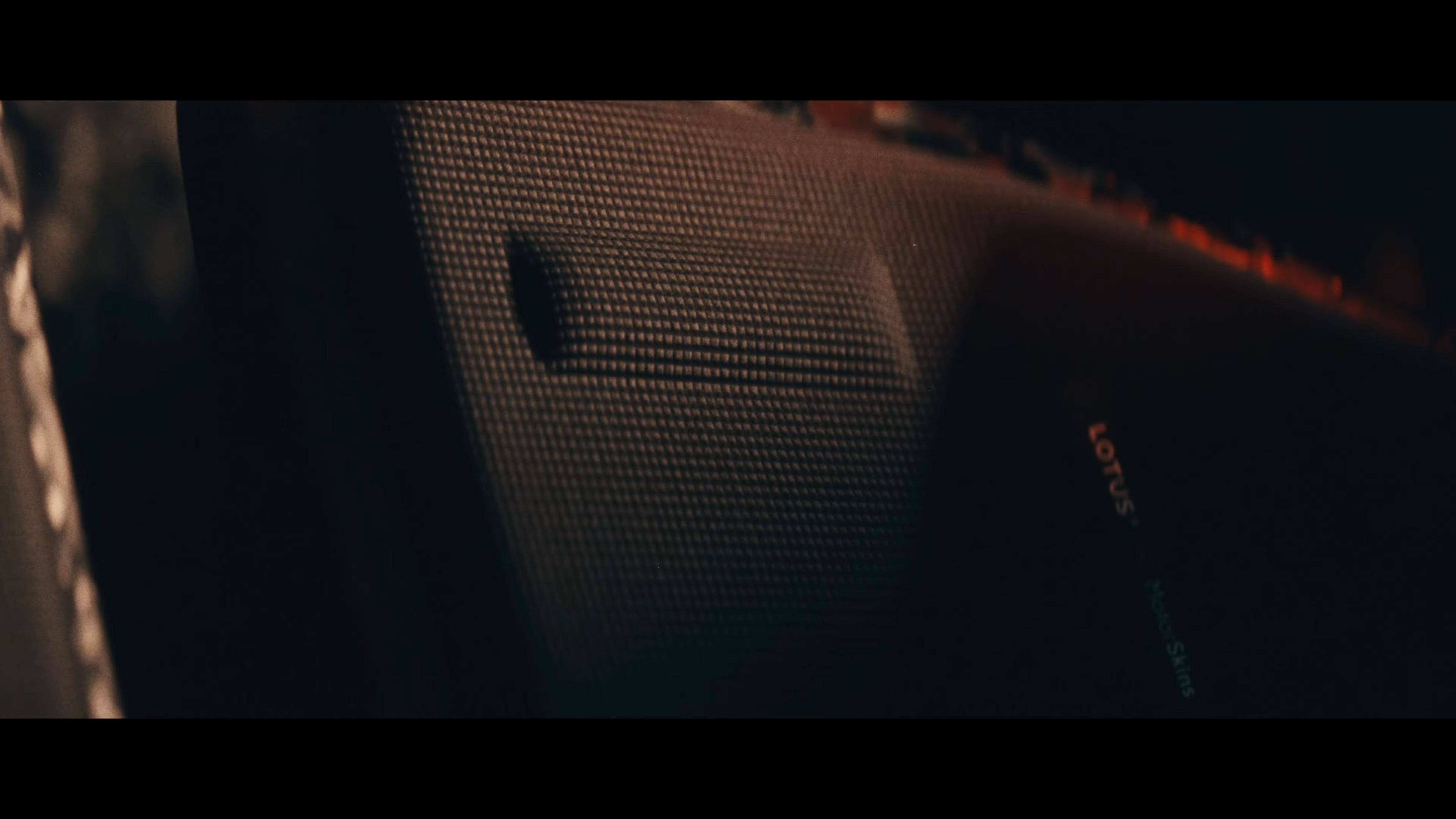The Lotus Theory 1: An Electric Supercar with a Nostalgic Twist

Lotus is once again igniting the automotive world with the unveiling of its ambitious new electric supercar concept, the Theory 1. This three-seater marvel aims to bridge the gap between the beloved Emira and the high-powered electric hypercar, the Evija. While the Theory 1 remains a concept, it cleverly hints at Lotus's commitment to the supercar legacy, electrifying it for the future. The concept stands out with its striking and avant-garde design, featuring a bold use of forged carbon fiber that certainly makes a strong statement.
performance-in-a-supercar-package">Hypercar Performance In A Supercar Package
With astounding specifications, the Theory 1 is no ordinary concept. This vehicle aims for a target weight of 3,500 lbs, expertly blending lightness with a powerful electric engine delivering a blistering 987 horsepower. Its design incorporates all-wheel drive with motors placed strategically on the front and rear, reminiscent of advanced race cars. Acceleration from 0-62 mph is clocked at under 2.5 seconds, and its top speed is projected to exceed 200 mph. What’s more, an electric range of 250 miles from a compact 70 kWh battery indicates Lotus's dedication to both performance and practicality.
Simplifying And Adding Lightness
Adhering to the philosophy famously championed by Lotus founder Colin Chapman, the Theory 1 embodies the spirit of trimming excess weight, predominantly with extensive use of carbon fiber. This concept employs forged carbon fiber that smartly eliminates the need for paint, showcasing the material's raw beauty while simultaneously cutting down on heft. Interestingly, while conventional vehicles typically rely on about 100 A-surface materials, the Theory 1 utilizes just 10, which includes cellulose-based glass fiber, titanium, recycled glass, polyester, rubber, and aluminum. Such deliberate choices reflect Lotus's passion for performance correlated closely with sustainability.
Compact Dimensions And Esprit-Inspired Styling
The Theory 1 embraces a compact format, making it lightweight and agile:
- Length: 176.8 inches
- Width: 78.7 inches
- Height: 44.9 inches
These dimensions pay homage to the iconic Lotus Esprit while infusing modern touches, like vertically opening doors that slide back to reveal a breathtaking three-seat interior. In a nod to classics like McLaren F1 and GMA T.50, the seating is seamlessly woven into the carbon fiber tub, underpinning Lotus's commitment to lightweight engineering. The interior combines futuristic minimalism with functionality, showcasing controls that extend toward the driver, an innovative head-up display, and a digital interface that replaces traditional wing mirrors.
Hidden Controls That Appear Only When Needed
One of the standout features of the Theory 1 is its state-of-the-art interface, which utilizes a technology known as fluidics, developed by MotorSkins. This inventive approach allows buttons to emerge only when necessary, creating a cleaner, more seamless user experience. For instance, should a phone call come through, the corresponding button will activate, providing a streamlined interaction with the vehicle's functions. This system represents a pioneering effort to move away from conventional touchscreens, prioritizing ease and safety in a connected world.

A Sound System Like No Other
A hallmark of luxury vehicles, the Theory 1 also boasts an innovative sound system sourced from KEF. This advanced audio setup integrates speakers into the headrests, housed within a 3D-printed lattice structure that not only enhances sound quality but amplifies comfort and safety. This immersive binaural audio experience allows sounds to be perceived as though they're moving around the passenger compartment, akin to the sensation of wearing headphones. By recreating the driving experience's inherent dynamics, the Theory 1 aims to evoke the familiar excitement of classic mid-engine combustion models.
Just A Concept, For Now
As captivating as the Theory 1 is, it currently exists only as a concept vehicle. The anticipated production model, codenamed Type 135, is slated for reveal in 2025, with customer deliveries expected to commence by late 2026. It remains unclear whether this production model will retain the essence of the Theory 1 or pave a new direction in Lotus's electrified lineup. Regardless, with a targeting price under $95,000, the Type 135 strives to compete against established rivals like the upcoming electric Porsche 718 Cayman replacement.
Although Lotus's future hinges on electric innovation, a fascinating twist in its narrative allows for the development of limited-edition combustion-powered track cars. These bespoke models leverage the brand’s legendary history while new electric entrants like the Theory 1, Type 135 and beyond aim to drive Lotus into a thrilling new electric era.